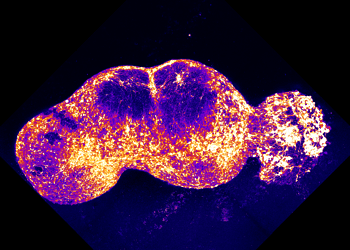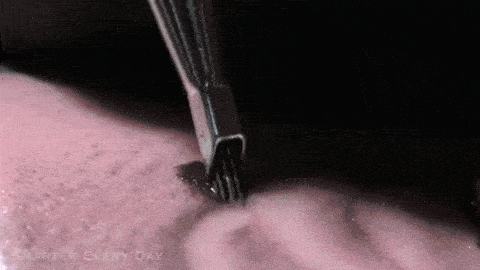
Our expectations have far-reaching consequences: they can influence learning and sports performance — and, apparently, how we respond to pain. According to researchers at the University of Colorado, Boulder, expecting a certain pain intensity can become a self-fulfilling prophecy. For instance, expecting a vaccine shot to hurt will probably result in this feeling — even if that needle poke isn’t really painful at all. What’s more, this response persists even when reality demonstrates otherwise.
“We discovered that there is a positive feedback loop between expectation and pain,” said senior author Tor Wager, a professor of psychology and neuroscience at the University of Colorado Boulder. “The more pain you expect, the stronger your brain responds to the pain. The stronger your brain responds to the pain, the more you expect.”
Wager and colleagues wanted to investigate why pain expectations are so entrenched and resistant to change. The researchers were inspired to carry out the new study after noticing that test subjects participating in Wager’s lab for various research often continued to expect something to hurt badly even though they were shown time and time again that the stimulus wasn’t painful at all.
The research team recruited 34 volunteers who were taught to associate one symbol with low heat and another with high, painful heat. Each participant was then seated inside a fMRI machine that records neural activity. For an hour, the subjects were shown various cues representing low or high pain — the symbols that they were trained to associate earlier, but also words like “Low” and “High”, or the letter L and W — and then rated how much pain they expected to receive.
Next, a painful but non-damaging heat was applied to the volunteers’ forearm or leg, then they were asked to rate the pain. The most painful stimuli was “about what it feels like to hold a hot cup of coffee” according to Wager.
The volunteers weren’t told that there was actually no relationship between the intensity of heat they felt and the preceding cues. Nevertheless, when the subjects expected more pain due to the cues, brain regions associated with threat detection and fear became activated. When they actually received the stimulus, brain regions involved in the generation of pain lit up more. Regardless of how much heat they actually received, the participants generally reported more pain following exposure to high-pain cues.
“This suggests that expectations had a rather deep effect, influencing how the brain processes pain,” said Marieke Jepma, then a postdoctoral researcher in Wager’s lab.
And it seems like the brain has even more tricks to play on us. When the participants expected high pain and got it, the next time they would expect even more pain. However, if they expected high pain and didn’t get it, nothing changed — an example of confirmation bias in action. Confirmation bias can prevent us from considering other information when making decisions since we tend to only see factors that support our beliefs.
“You would assume that if you expected high pain and got very little you would know better the next time. But interestingly, they failed to learn,” said Wager.
The findings could prove important for medicine in settings where pain management is important. For instance, the study may explain why in some instances patients whose damaged tissues have healed still have chronic pain.
“Our results suggest that negative expectations about pain or treatment outcomes may in some situations interfere with optimal recovery, both by enhancing perceived pain and by preventing people from noticing that they are getting better,” Jepma said. “Positive expectations, on the other hand, could have the opposite effects.”
The findings appeared in the journal Nature Human Behaviour.






